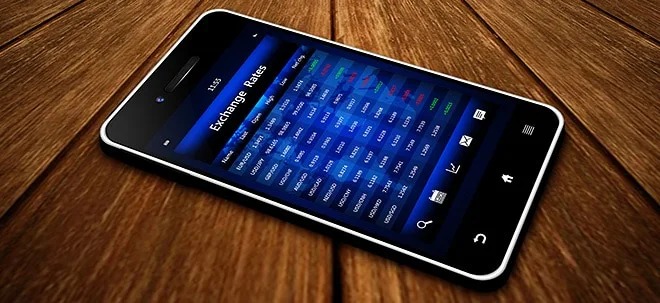Many new traders are drawn to CFD trading because of the low entry amount. Some platforms let you start with as little as $100. It sounds simple—use a small balance, trade big with leverage, and build up your funds over time. But is it really worth it for someone just starting out?
With CFD trading, you don’t need to buy actual assets like shares or gold. Instead, you trade based on price movements. If the market moves in the direction you predicted, you make a profit. If it moves against you, you lose. It’s fast, flexible, and available through most brokers online.
One reason online CFD trading seems attractive to beginners is that it offers access to global markets from one account. Whether it’s forex, indices, or commodities, you can place trades with a small balance. But access alone isn’t enough to succeed. The challenge is turning that small amount into consistent growth, especially when markets are unpredictable.
Using $100, leverage becomes a key factor. Most CFD platforms allow you to control larger positions using margin. For example, with 10:1 leverage, your $100 could open a $1,000 position. This can magnify your profits if the trade goes well—but it also increases your losses if it doesn’t. Many beginners don’t realise how quickly a trade can move against them, especially in volatile markets. A small drop in price can wipe out a large portion of your balance if you’re not careful. That’s why managing position size and setting clear limits is essential from the start.
Another thing to consider is position size. With such a small balance, your trade sizes must be limited. If one trade goes wrong, it could take out a big part of your account. That’s why risk management is so important. Even with a small account, setting stop-loss and take-profit levels helps protect your balance and keep emotions in check.
Most brokers that offer online CFD trading also provide demo accounts. These let you practise without risk before using real money. Starting with $100 can make sense if you’ve already tested your strategy on a demo and feel ready to try it live. But if you’re learning as you go, it’s better to take your time before putting money at risk.
It’s also worth thinking about your expectations. Starting with $100 won’t make you rich quickly. In fact, focusing too much on fast profits often leads to mistakes. A better mindset is to treat this small amount as a learning tool. Use it to build habits—like planning trades, managing risk, and keeping a trading journal. These habits will matter more than the size of your account.
Costs are another detail that beginners sometimes overlook. Even if there’s no commission, you still pay through spreads or overnight fees. On a small account, these charges can take a larger percentage of your balance. This means each trade has to be planned carefully, not rushed.
Some beginners choose to top up their account after a few months, once they feel more confident. Starting with $100 helps them learn without much pressure. It’s like training with small weights before lifting heavier ones. The key is not the amount itself but how you use it.
In the end, online CFD trading can be worth it for beginners—even with $100—if it’s used wisely. It gives you real market experience and helps you develop trading skills. But success depends on your approach, not your starting balance.
If you see that $100 as a way to practise, grow slowly, and build discipline, it can be a useful beginning. But if you expect fast results, the journey may turn frustrating. Focus on learning, not rushing—and the results will follow with time.

